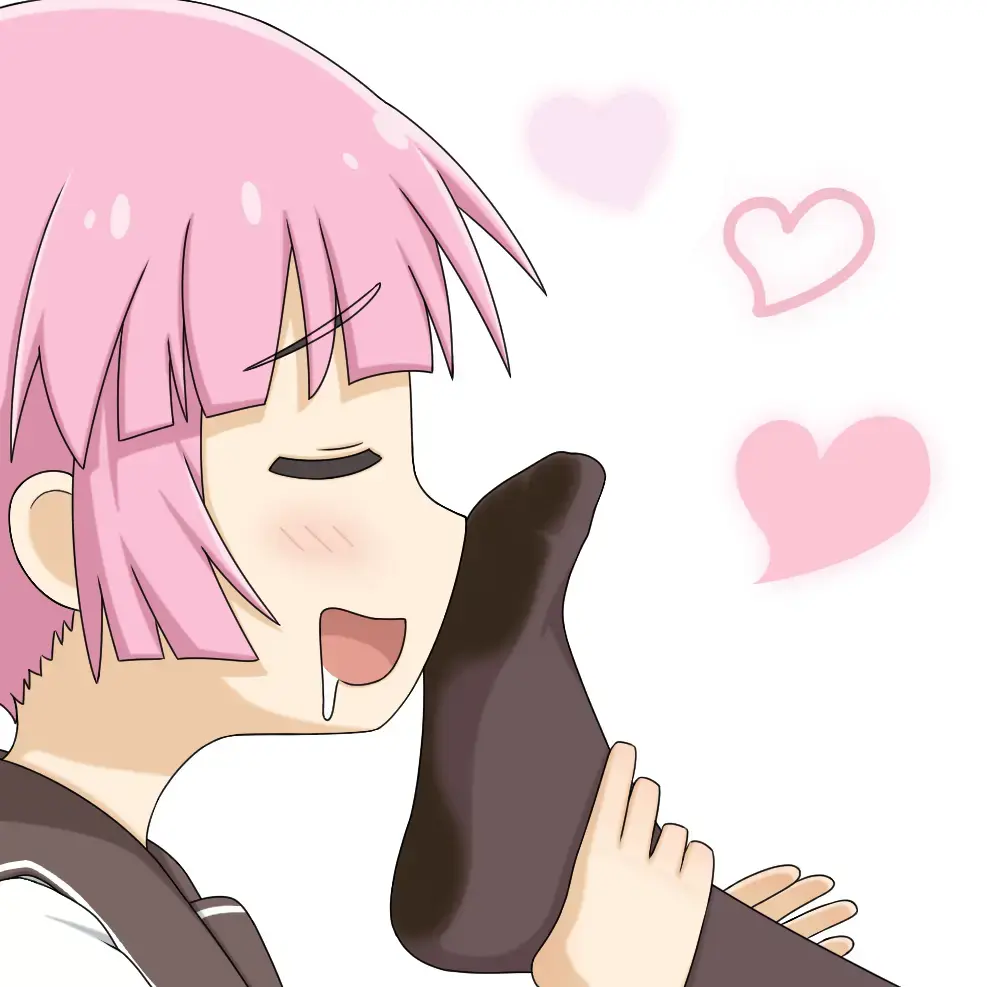I’ve been using some Lem’s boulder boots and some wildling Arni shoes for a little while and this seems to be a great way to do most situations well but there’s an occasional few times where I think some other shoes with some other benefit would do well in a specific situation.
In the past I didn’t understand why some people have so many shoes but I’m starting to see why some might do that, like I’d imagine 4 pairs one for each season wouldn’t be a terrible idea as long as they cover enough points on a scale in a gradual way between sunny concrete and wet mud.
I like all the wildling shoes a lot but I think they are all pretty sameish besides a handful and some of that is to do with the bottom of their shoes always being pretty much the same, like no form of serious wet or winter or mud shoes would be from them simply because none of their shoes besides the one pair that looks like big classic yellow rain boots would have the right tread for those conditions.
At the moment my Arni’s are about done but ithink I could probably squeeze the rest of this year out of them and then my boulder boots from lems will last a long time still.
I do a bit of running and I find that is an important factor for shoes in all the conditions too because you can have those classic yellow rain boots that would do fine in a lot of rough conditions but you couldn’t run in them too well I don’t think.
Sometimes I wear the toe socks from injiji, sometimes I go no socks, the barefoot shoes from wildling are close enough to clothes for your feet that going without socks tends to be ok but not always. They say not to put them in the washer but they have done fine which is nice because I can treat it literally like clothes.
I’ve been wearing VFFs for, uh, fifteen years or so? Something like that? I think it might be a little more, I’m not sure now. I’ve also got a pair of VivoBarefoot hiking boots, and the Bellville MiniMil rough-out boots that end up being my utility shoes. The only times I don’t wear minimalist footwear is on a bicycle (I used SPD pedals), and on a motorcycle (I have Sidi Vortice and Mag-1 boots). I always wear socks with my boots, and always Injinji socks with my VFFs.
I’ve gotten so used to them that regular shoes feel very weird and uncomfortable.
I use barefoot shoes since about 3½ years. They replaced almost all my other shoes and whenever I absolutely have to wear “proper” shoes, I wonder why people would want to walk around with their feet in what feels like caskets. They really don’t feel comfortable anymore and will get painful after some hours. I love to change back to barefoot shoes as soon as possible.
Barefoot shoes convert since two years now. I have three use cases and also own three pairs of barefoot shoes.
- Running. Wanted to switch, but I still use my classic running shoes. I mostly run on hard surfaces. It’s just too much wear and tear on the joints. Having said that, my running stride has changed, making me a forefoot lander instead of midfoot. I have also switched from anti-pronation to neutral shoes. Yes, I still pronate, but I have had no related injuries so far.
- Hiking: I fully switched to barefoot. For any hike up to a few hours, both my Xeros and Vivos work well. The only issue I have with them is that they are not waterproof.
- Business. I have Vivos that look slightly like moccasins. I have been assured that they look fine as well as comfortable. If I cared about looks, I’'d consider that a win.
I have so many shoes that I’m frequently tripping on them.
But I also get most of them at thrift shops, so I don’t mind if they just last a few seasons.
I just wear them like I would any other shoes to be honest
If you’re wearing shoes you aren’t barefoot. The expression “barefoot shoes” makes about as much sense as “naked shirts.”
Its a term that a relatively large number of businesses and people have agreed to call shoes that have zero drop and thin soles and often but not always, more flexible upper materials that are also shaped to give your toes more wiggle room so your toes actually splay outward correctly when you take steps.
Feet have a built in spring system that activates when we put enough force on it usually by going at a brisk walking pace or while running called an ankle which allows more momentum to be conserved with each step as well as less load on the rest of the body. Barefoot, also called minimalist shoes, allow people to use their feet correctly which happens to strengthen a variety of feet muscles around the toes and builds some more hard skin on the bottoms of feet so that if you step on things its less likely to hurt as well as holds onto more momentum with each step by being more dense and at the outskirts of where the momentum is going.
Highly recommend more people try some, even if only just one time for a month.
I compare barefoot shoes to a manual vs automatic transmission, its technically not a better shoe because shoes with a lot of cushion will conserve more momentum in a more ideal location like certain automatic transmissions (and yes some shoes will make you go faster and so some have been banned from races) but what a barefoot shoe will do, much like how a manual transmission will give you a sense of how the drivetrain is coming together to propel the car and it strengthens your ability to handle more environmental situations with more efficiency, which is very good for our joints long term if we can keep doing it the right way.
This does mean that we can wear regular shoes with the knowledge of how to move our feet and reap the benefits of both, but we should aim to strike a balance between a barefoot shoe and a regular shoe with a lot of cushion because both have their ups and downs and we dont have to choose between them in many cases.
I wear Bedrock sandals as often as I can. I only switch to shoes when the temp won’t be going above 50 for the day. Previously I have always worn Xero shoes, but I was thinking about replacing them with a Lem shoes/boots. I like Xero, but they’re a little too minimal for a lot of conditions. I’m hoping Lem have a slightly thicker sole.





